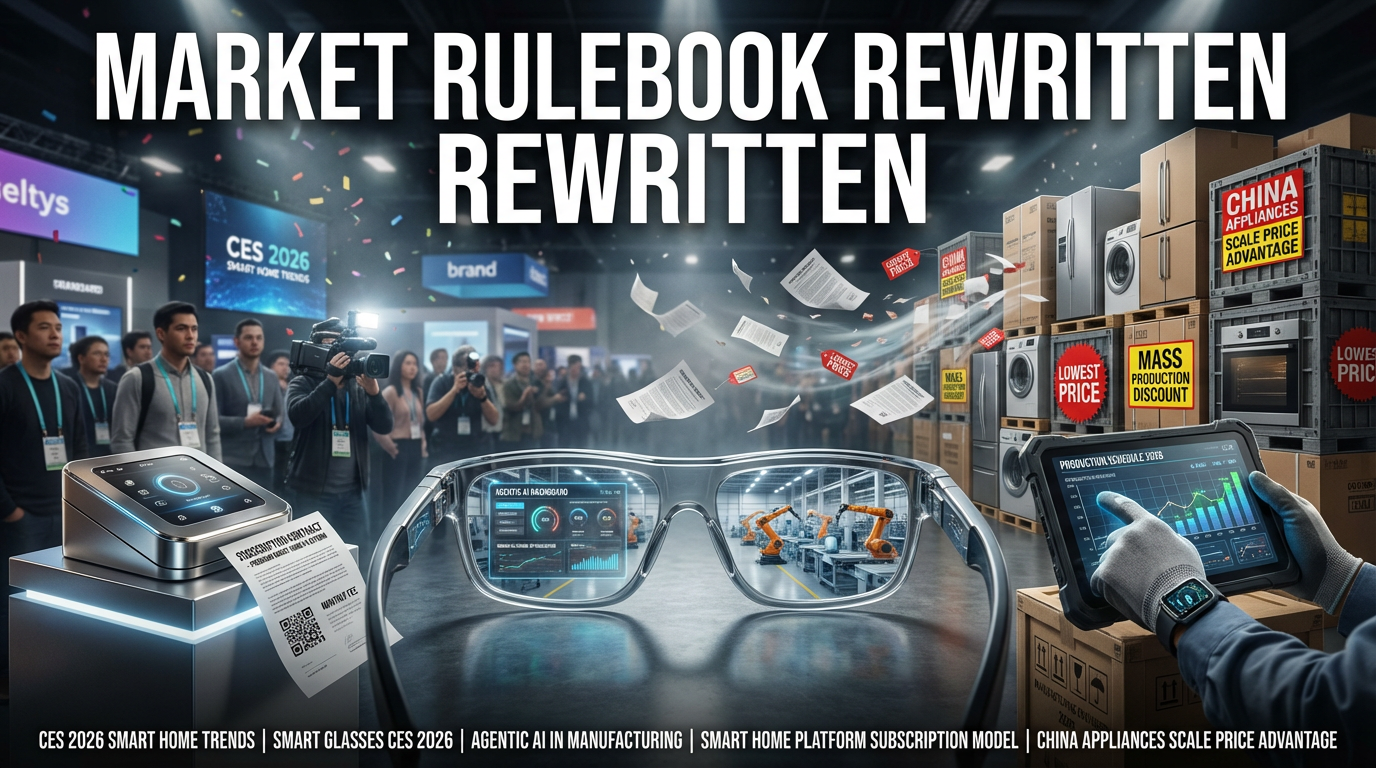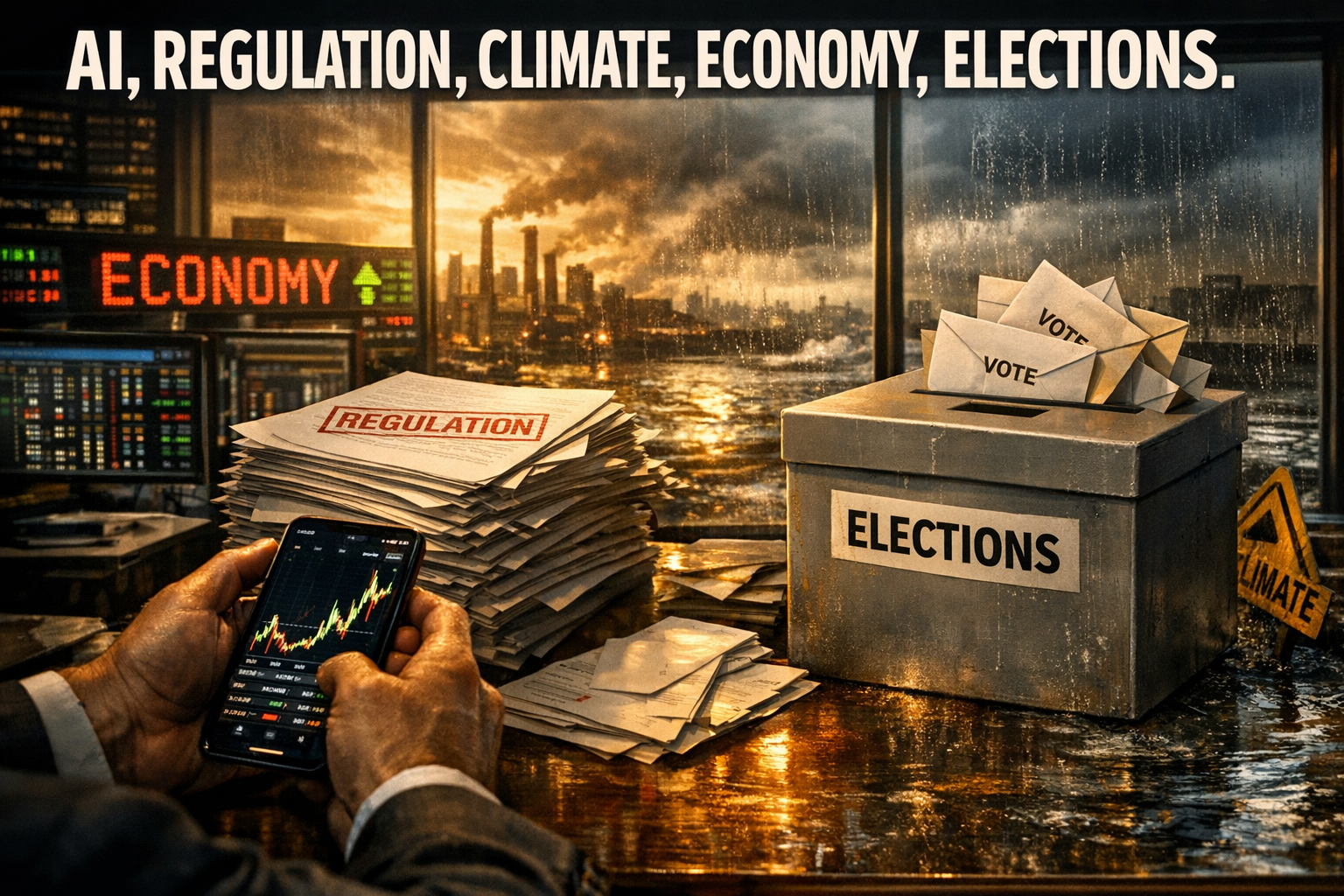● Tesla’s Production Halt – Musk Strikes Back!
Analysis of Tesla’s Stock Price Plunge and Elon Musk’s Counterattack Timing
1. Tesla’s Stock Price Plunge and Negative Framing by the Media
Detailed discussion of the background to Tesla’s stock price plunge.
Media outlets such as Business Insider published articles about production halts, highlighting concerns about demand and a sense of crisis.
The negative tone in the articles led to misunderstandings about the production halt of Tesla’s electric vehicles, particularly the Model Y and Cybertruck.
Similar negative reports were also present before the launch of FSD and Cybertruck.
These reports are excessively negative interpretations compared to simple maintenance and preparation processes.
2. The Real Meaning of Production Halts and Market Situation
Tesla’s production halts are interpreted as simple facility maintenance or employee retraining processes.
It is common for most automakers to conduct seasonal production maintenance.
The factory shutdowns timed with holidays like the U.S. Independence Day should be viewed more as preparations for the future rather than a crisis situation.
Furthermore, there are various factors to consider when interpreting articles about the expected decline in Q1 2025 earnings.
3. Tesla’s Demand Status in the Chinese Market
Tesla’s sales performance is showing a remarkable rebound through Chinese market data.
The number of Model Y insurance registrations surged to 15,500 units in a single week.
The increased order waiting time for the Model 3 also reflects strong demand for Tesla electric vehicles.
Even compared to its competitor BYD in China, Tesla, which only handles pure battery electric vehicles, has secured a significant market position.
Negative outlooks from some media outlets are likely based on distorted information.
4. Robotaxi Announcement and Future Technology Strategy
The Robotaxi, set to be unveiled on June 22nd, is emerging as a core element of Tesla’s future vision.
It is interpreted that Tesla aims to revolutionize the transportation system through a complete robotaxi service, rather than simply announcing a new car.
The commercialization of fully autonomous driving through technological innovations such as interior cameras and user interface design is gaining attention.
Along with technological innovation, Elon Musk’s reaffirmation to “return to technology” carries great significance when timed with this announcement.
5. Strategy Reestablishment Through Elon Musk’s Interview
Elon Musk expressed his intention to focus on the truth and innovation of technology rather than political debates through the interview.
He emphasized the transition to the technology field by sharing his early experiences, failures, and success stories.
Elon Musk’s story suggests that Tesla is advancing beyond being a simple electric vehicle manufacturer to becoming a future mobility and autonomous driving innovation company.
6. Conclusion and Future Prospects
Tesla’s stock price decline is merely a result of negative framing by the media and short-term adjustments.
Strong demand in the Chinese market and the technological innovation contained in the Robotaxi are the foundation for Tesla’s long-term growth.
There is a possibility that stock prices and technology prospects will surge after the Robotaxi announcement on June 22nd.
Elon Musk’s strategic shift is expected to become a global issue driving electric vehicles, Robotaxi, and technological innovation.
< Summary >
Tesla's stock price plunge is due to negative framing by the media caused by articles about production halts.
The production halt is a simple maintenance and future preparation process, and strong demand can actually be confirmed in the Chinese market.
The Robotaxi, to be unveiled on June 22nd, symbolizes Tesla's full autonomous driving and future mobility innovation.
Elon Musk's interview highlights his focus on technology-driven innovation strategies away from political debates.
In the future, Tesla is expected to be noted as a key issue related to electric vehicles, Elon Musk, Robotaxi, technological innovation, and the global economy.
[Related Posts…]
Analysis of Tesla Stock Price Movements
Interpretation of Elon Musk's Technology Strategy
*YouTube Source: [오늘의 테슬라 뉴스]
– 언론, 테슬라 생산 중단 보도! 하지만 진짜 위기는 따로 있다? 머스크의 반격 시작됐다!

● Trump’s-Ultimatum, Iran-Surrender
Today’s Global Economic Outlook – From Geopolitical Crisis to Fed Interest Rate Policy
1. Geopolitical Risks and Escalating Tensions in the Middle East
Tensions in the Middle East are escalating due to President Trump’s accusations against Iran.
Geopolitical risks are spreading as Israel launches a preemptive strike against Iran.
Trump’s stern “unconditional surrender” demand towards Iran’s supreme leader hints at a possible assassination,
and attention should be paid to how the conflict between Iran and Israel will escalate in the future.
2. Oil Price Trends and Warning Signs
Oil prices, which recently surged and then stabilized, are showing signs of rising again.
If oil prices break through the $80 level, it could act as a warning sign for the global economy and financial markets.
The market needs to closely monitor energy price fluctuations while tensions in the Middle East persist.
3. U.S. Federal Reserve Meeting and Interest Rate Policy Outlook
The prospect of freezing interest rates is higher than the prospect of cutting interest rates at the next Fed meeting.
Internal conflicts are intensifying due to expected inflation indicators.
As inflation expectations vary between the University of Michigan and New York, there is controversy within the Fed.
Keep in mind the possibility of one or two interest rate cuts in the future, but for now, inflation expectations are an important variable.
4. Global Investment Market Trends and Korean KOSPI Outlook
Overseas investors continue to show interest in the Korean market, and foreign net buying is solid.
Amid uncertainty in the U.S. and European financial and bond markets, the KOSPI index remains low.
The Nasdaq is more likely to remain in a correction phase than break through its record high,
so stable investment and sector-specific allocation strategies are important.
5. Individual Corporate Issues and Financial Innovation Trends
Falling stock prices of U.S. solar companies and nuclear power-related issues are causing short-term volatility.
Major financial companies such as JP Morgan are accelerating financial innovation by piloting blockchain-based digital deposit tokens.
Senate discussions and regulatory tightening moves to pass the stablecoin bill are expected to affect the financial market in the future.
In addition, strategic changes by global companies, such as SoftBank Chairman Son Jeong-hui’s AI investment decision, are noteworthy.
6. Investment Strategies and Sector-Specific Perspectives
Long-term investment strategies that consider the characteristics of each sector such as shipbuilding, defense, semiconductors, power equipment, and cosmetics are required.
In the current market correction phase, it is wise to focus on stable sectors and consider buying during corrections rather than stocks that are already overvalued.
In the midst of changes in the market as a whole, it is necessary to adhere to the principle of “reducing the force of investment” and pay attention to risk management.
Summary
Geopolitical risks and tensions in the Middle East are escalating, and President Trump’s hawkish remarks are acting as a source of anxiety.
If oil prices rise above $80, it is interpreted as an additional warning sign.
The U.S. Federal Reserve is expected to maintain its interest rate freeze in the midst of internal conflicts due to expected inflation.
In the global investment market, the importance of sector-specific investment strategies is emphasized along with the net purchase of foreigners on the KOSPI.
In addition, financial innovation issues such as JP Morgan’s introduction of digital deposit tokens and stablecoin bills, and strategic changes by companies such as SoftBank are noteworthy.
It is necessary to closely monitor the latest issues related to the global economy, the U.S. Federal Reserve, interest rate prospects, inflation, and investment strategies.
[Related Posts…]
- Summary of the post title: Trump, Intensifying Middle East Tensions and Global Impact
- Summary of the post title: Fed Freeze, Controversy Over Expected Inflation
*YouTube Source: [이효석아카데미]
– [속보효] 트럼프 최후통첩, 이란에 ‘무조건 항복’ 요구

● Tesla’s Autopilot: Pre-Earnings Quantum Leap
Tesla’s Latest Economic Trend Analysis: Stock Price, EPS, FSD, Robotaxi Outlook
China Weekly Insurance Registration and Sales Trends
Tesla’s weekly insurance registrations in China have surged in recent periods.
This shows the continued popularity of Model Y in the Chinese market.
Recently recorded 15,500 units between the 9th and 15th, signaling an upward trend in quarterly deliveries.
The push wave is progressing with concentrated deliveries at the end of the quarter, teaching a lesson not to be swayed by market noise and short-term figures.
In addition, Tesla’s strong sales performance can be confirmed, with an 80% increase compared to other electric vehicle manufacturers in China.
Analysis of the Relationship Between EPS and Stock Price Pre-Reflection
A detailed look at the relationship between Tesla’s EPS increase and stock price.
It can be seen as a phenomenon in which future EPS expected from technological prowess and explosive revenue growth is reflected in advance.
Focusing solely on EPS increases may lead to missed opportunities for significant gains, as the stock price is already pre-reflected.
In particular, thorough data analysis and verification of evidence are essential in relation to stock price pumping by fraudsters.
Investors should not be swayed by short-term changes and should first identify the gap in technological prowess and the possibility of realizing future business performance.
Future Outlook: Robotaxi, FSD, and Technology Pre-Reflection
Tesla’s autonomous driving (FSD) and robotaxi technology are overwhelmingly superior to existing technologies.
FSD margins are approximately 70%, and robotaxis are also highly competitive in terms of cost.
A rapid increase in sales is expected within 6 months with the launch of the Austin robotaxi service.
After that, a surge in EPS and a shift in stock price pre-reflection are expected within about a year.
The point at which future EPS and stock price increases are linked will bring significant profits to investors who recognize the feasibility of technology realization first.
True P/E Ratio and Long-Term Investment Strategy
Tesla’s True P/E Ratio has maintained a range of 50-80x in the past.
Currently, the True P/E Ratio calculated by reflecting future earnings is close to 75x, which justifies future EPS growth and stock price increases.
For example, a target stock price of $1,500 in mid-2026 is a possible scenario when achieving $5 in quarterly EPS.
The most important thing is a long-term investment strategy based on fundamentals, without being swayed by market noise and short-term pumping.
Identifying technological prowess and future growth potential before anyone else will lead to higher returns.
< Summary >
Tesla’s sales data in China and the increase in weekly insurance registrations herald a push wave in the second half of the quarter.
Through the pre-reflection relationship between EPS and stock price, it is important to reflect the stock price according to the feasibility of future technologies (especially FSD and robotaxi).
Based on the True P/E Ratio, the target stock price of $1,500 in 2026 is justified, and it is expected to provide high profit opportunities for long-term investors.
Long-term investment strategies and fundamental analysis focusing on keywords related to Tesla, EPS, stock price, FSD, and robotaxi are key.
[Related Posts…]
*YouTube Source: [허니잼의 테슬라와 일론]
– 테슬라, ‘3차 퀀텀점프’를 함께하기 위해서는 ‘선반영의 종류’를 알아야 한다! 자율주행이 어닝에 반영된 순간은 벌써 늦은 순간입니다.

● Nvidia CEO’s Warning
Economic Implications of U.S. Chip Export Strategy and China’s AI Semiconductor Competition
Jensen Huang’s Remarks and the U.S. Approach to Chip Exports
Jensen Huang’s remarks from the U.S. go beyond simply limiting military capabilities, aiming to secure AI chip market share and maintain industrial leadership.
The U.S. is rather adopting a strategy to strengthen its technological competitiveness by allowing exports.
This can be expected to have a positive impact on the U.S. economic growth outlook and GDP amidst trade conflicts.
It is likely to have various ripple effects on the market in connection with domestic and international inflation, interest rate policies, and other economic variables.
March 2025: Mass Production and Technological Advancements by Huawei and SIIC
In March 2025, Huawei and SIIC began mass-producing Nvidia’s high-performance AI semiconductor, the Ascend 910C.
This move suggests that China can take a preemptive position in technological competition despite the U.S. chip export restriction policy.
The fact that DeepSeek R1’s training and inference were performed simultaneously raises concerns that Chinese companies can fill the void left by U.S. companies.
Such technological innovation is expected to act as a factor affecting the U.S.’s trade strategy, interest rates, inflation, and growth prospects.
Ascend 910D Development and Intensification of Global Technological Competition
According to recent reports in the Wall Street Journal, the Ascend 910D, the successor model to the Ascend 910C, has been developed and entered the mass production stage.
Testing is underway in cooperation with major tech companies such as ByteDance and Baidu, as well as China’s DeepSeek.
The U.S. government is warning the world against the use of this chip, indicating the international tension of technological competition.
In this process, trade, GDP growth, interest rate changes, etc. within the global economic system must be considered together.
U.S. Government Warning and International Economic Outlook
The U.S. government’s warning is interpreted as a signal not just of regulatory dimensions, but of competition for international trade relations and technological leadership.
The battle for supremacy in the chip competition is expected to have a significant impact on global growth prospects, inflation, interest rates, and trade.
The technological, economic, and political confrontation between the U.S. and China will also be an important variable in the future world economic order.
In conclusion, this cutting-edge technological competition has significant implications for each country’s economic strategies and policy decisions.
From Jensen Huang’s remarks in the U.S. to Huawei and SIIC’s mass production of the Ascend 910C in March 2025, followed by the Ascend 910D development and global testing.
The U.S. is trying to maintain its industrial leadership through AI chip exports, and China is filling the void with technological armaments.
This AI chip competition and trade conflict are expected to have a major impact on key economic variables such as GDP, inflation, interest rates, trade, and growth prospects.
It is necessary to carefully examine global technological competition trends in connection with each economic variable.
[Related Articles…]
U.S. AI Chip Export Policy
China AI Semiconductor Development
*YouTube Source: [티타임즈TV]
– 젠슨 황 엔비디아 CEO의 경고 #shorts



